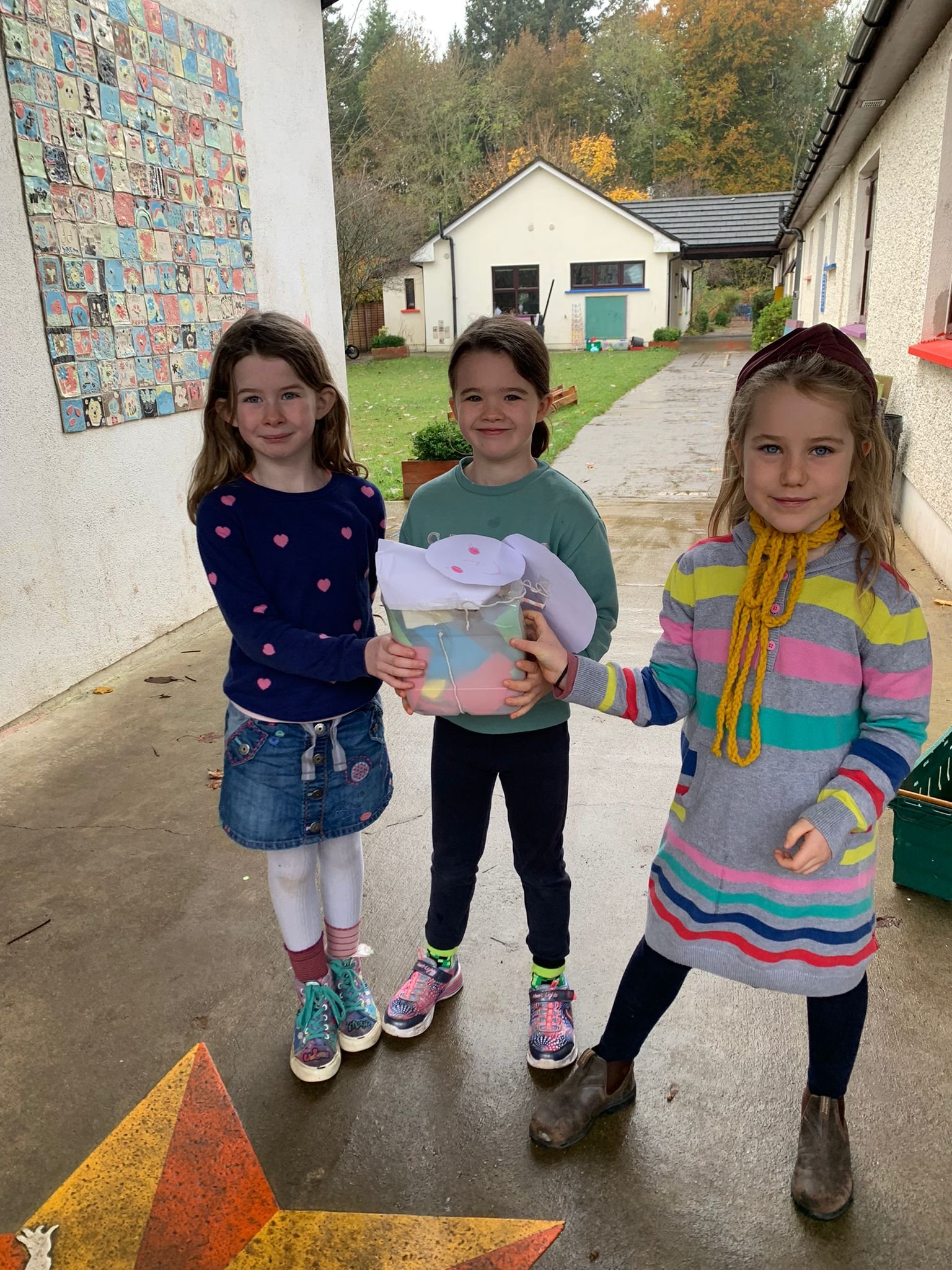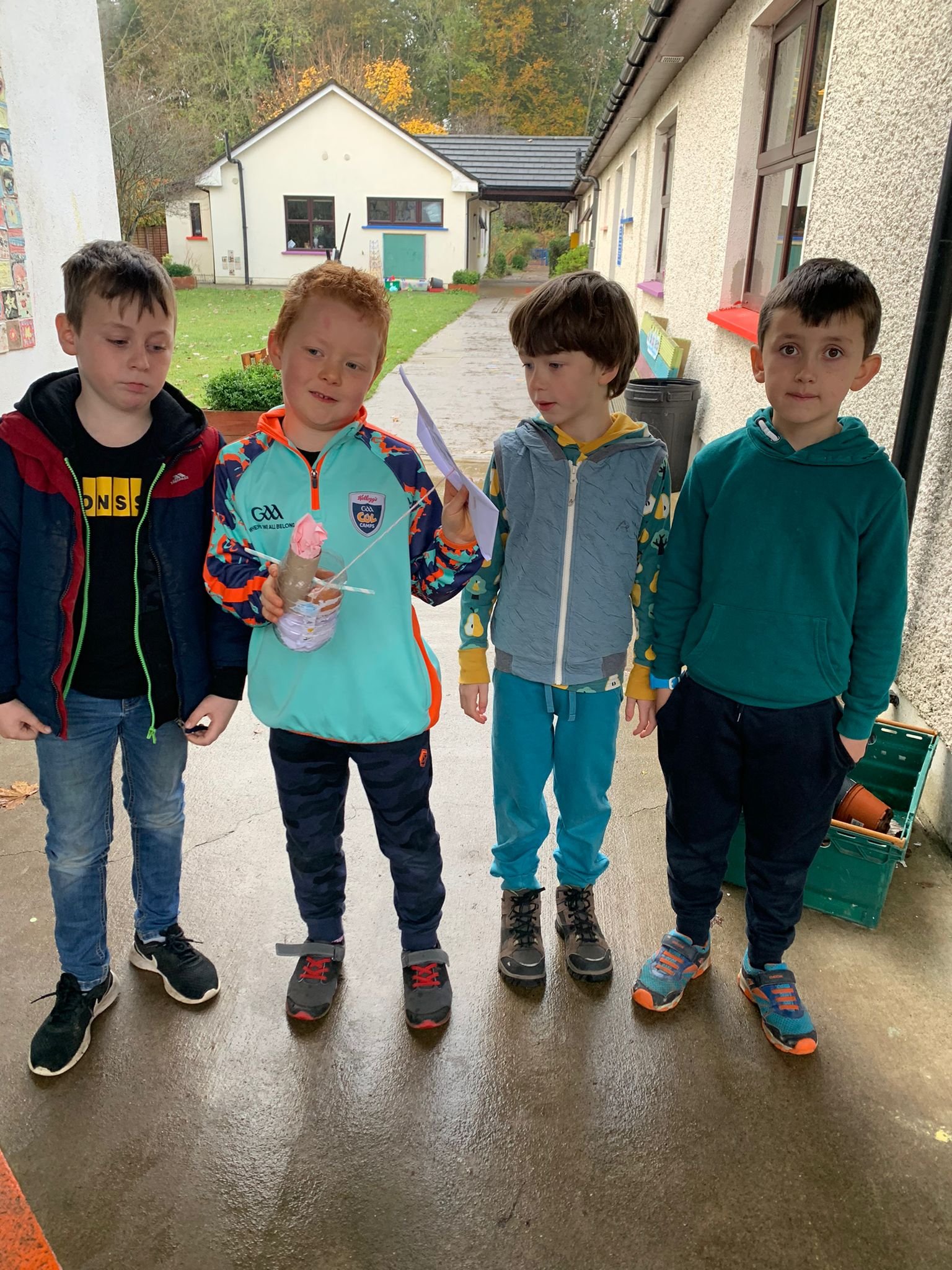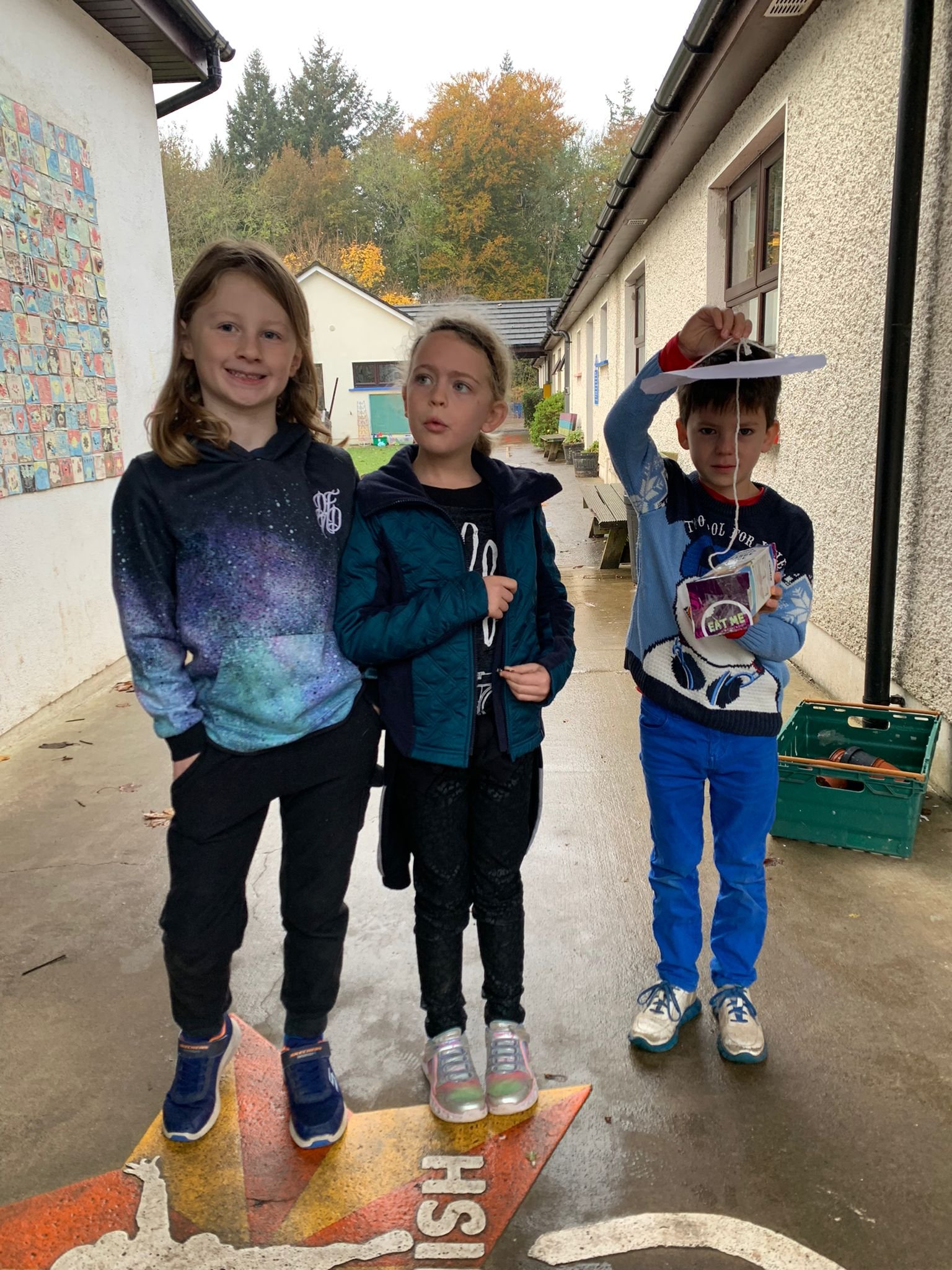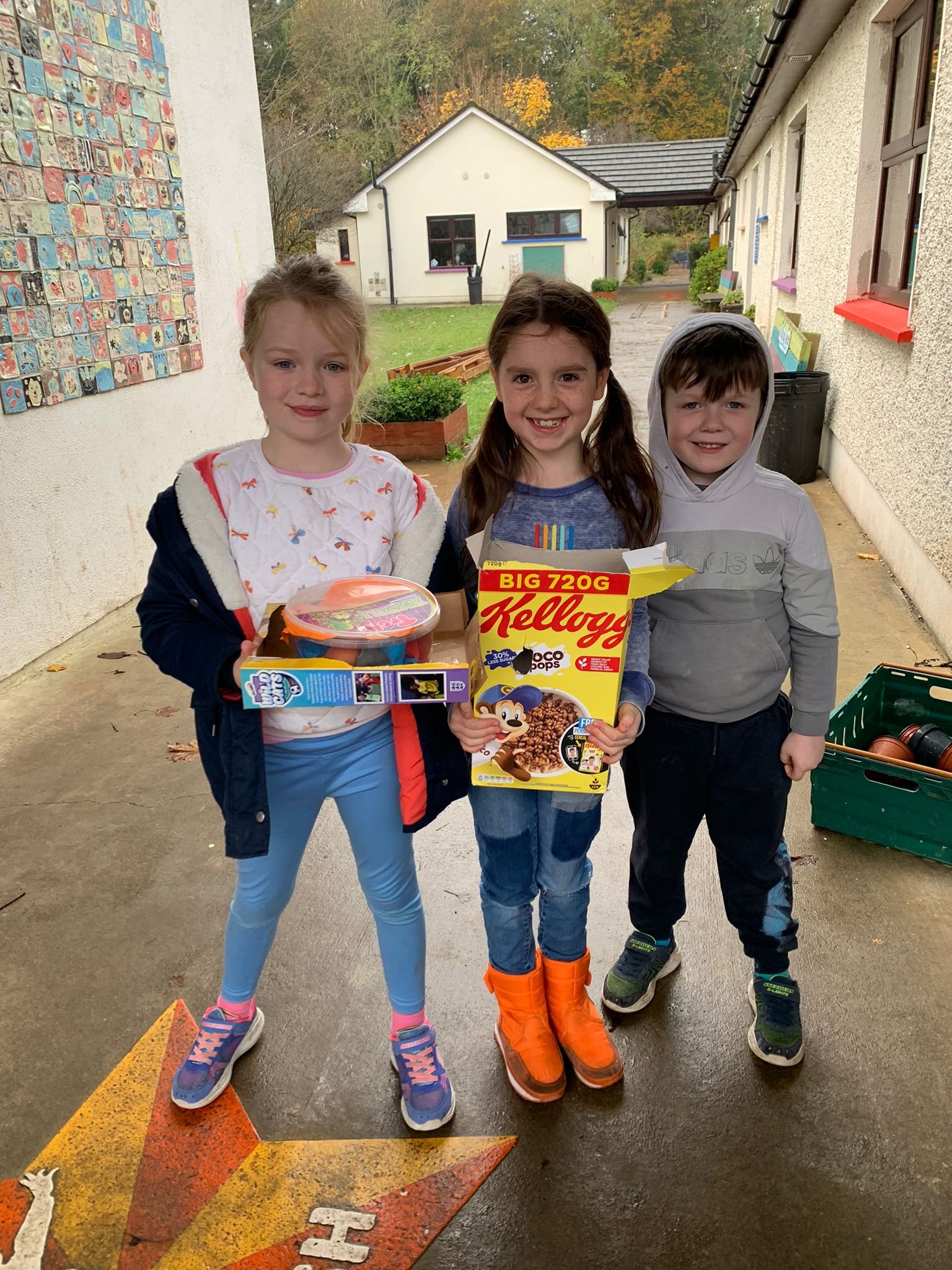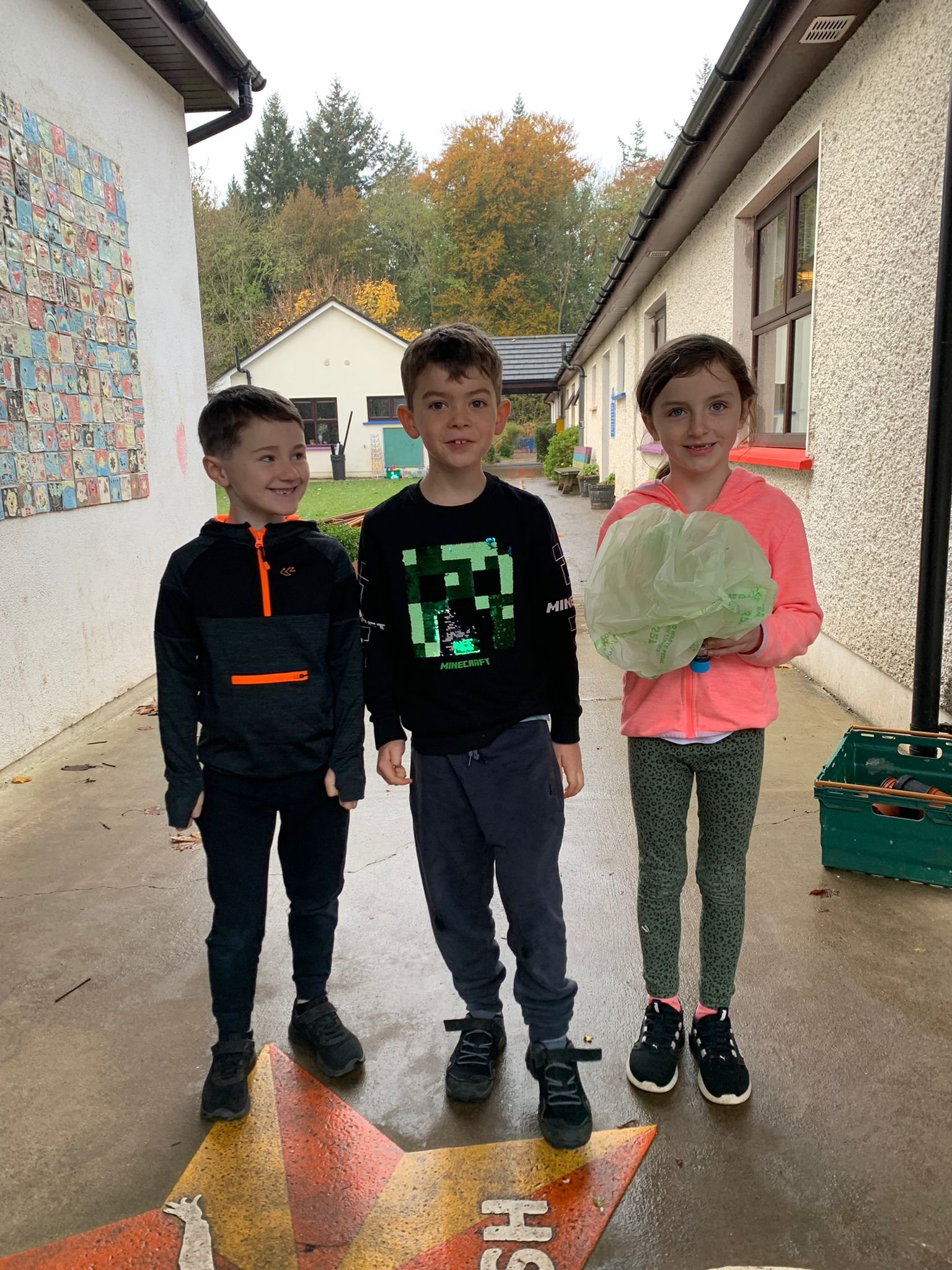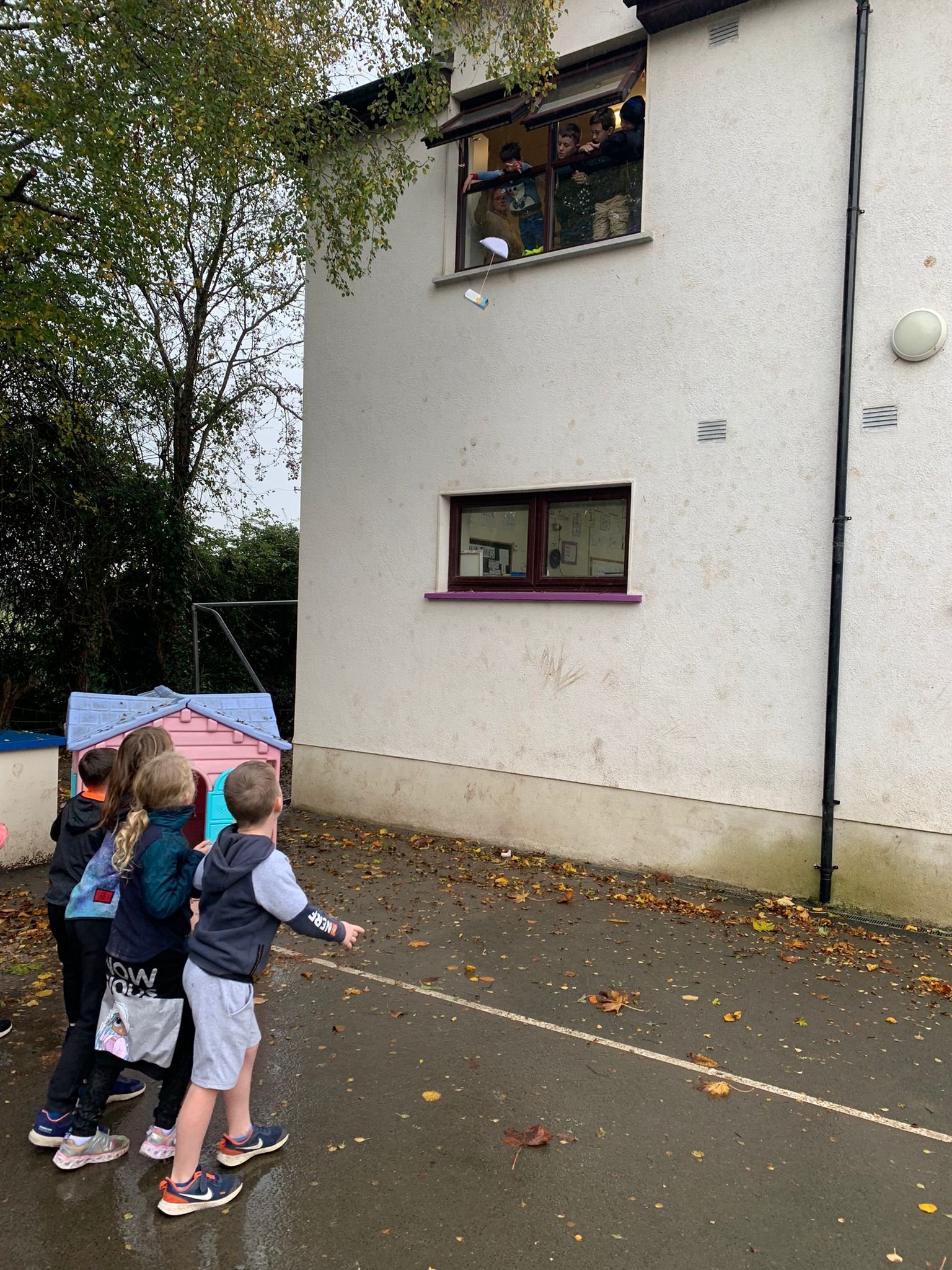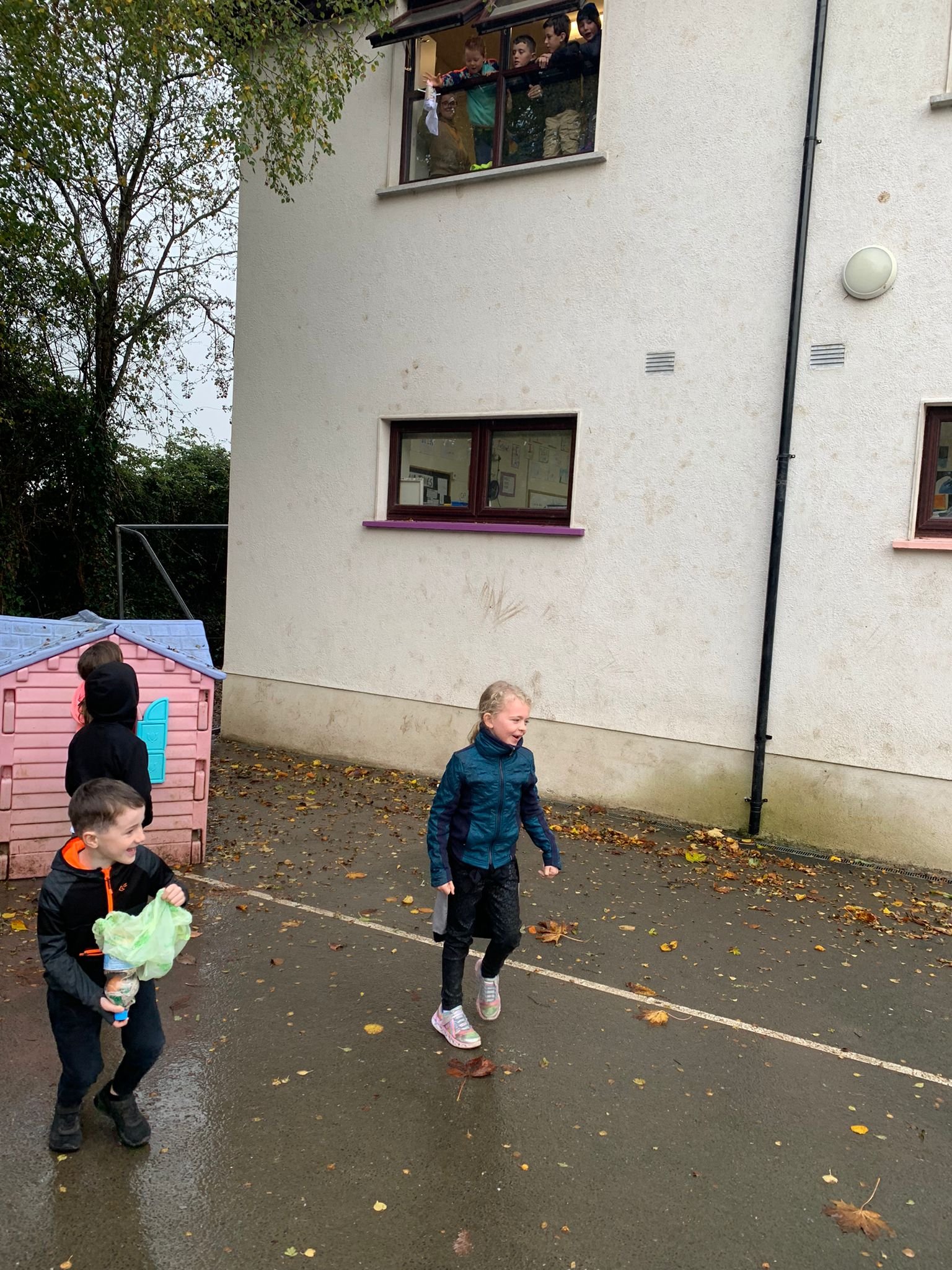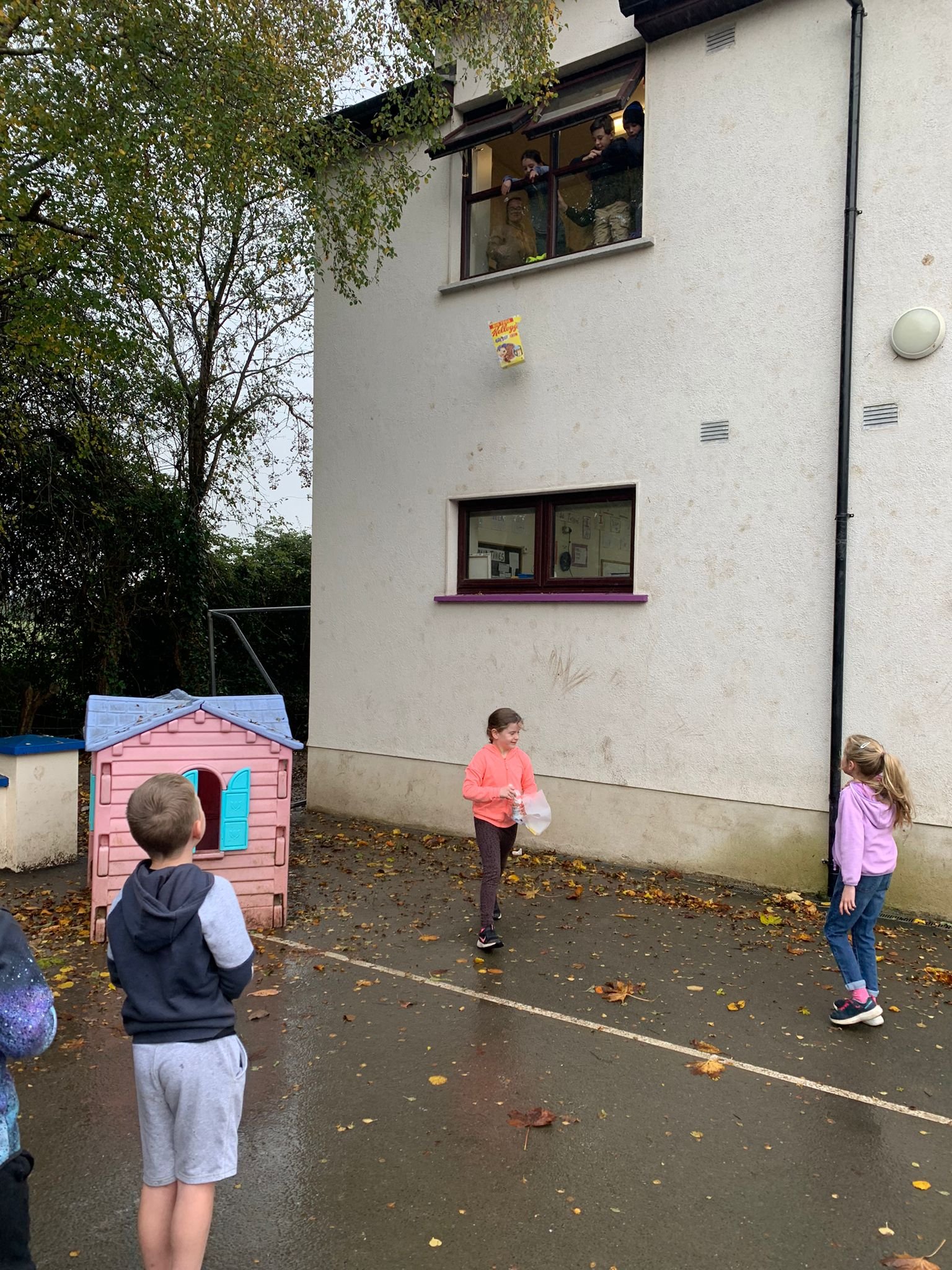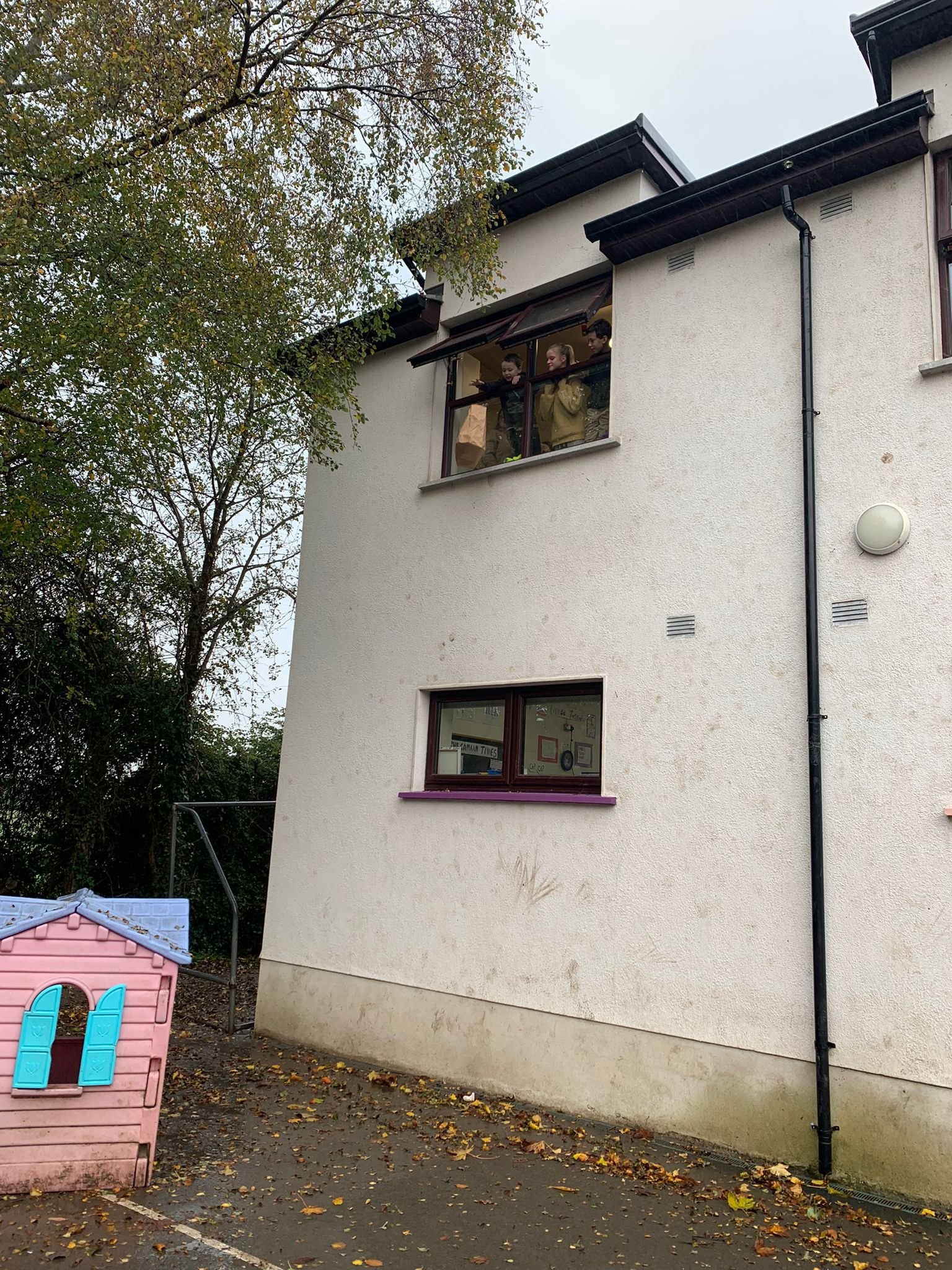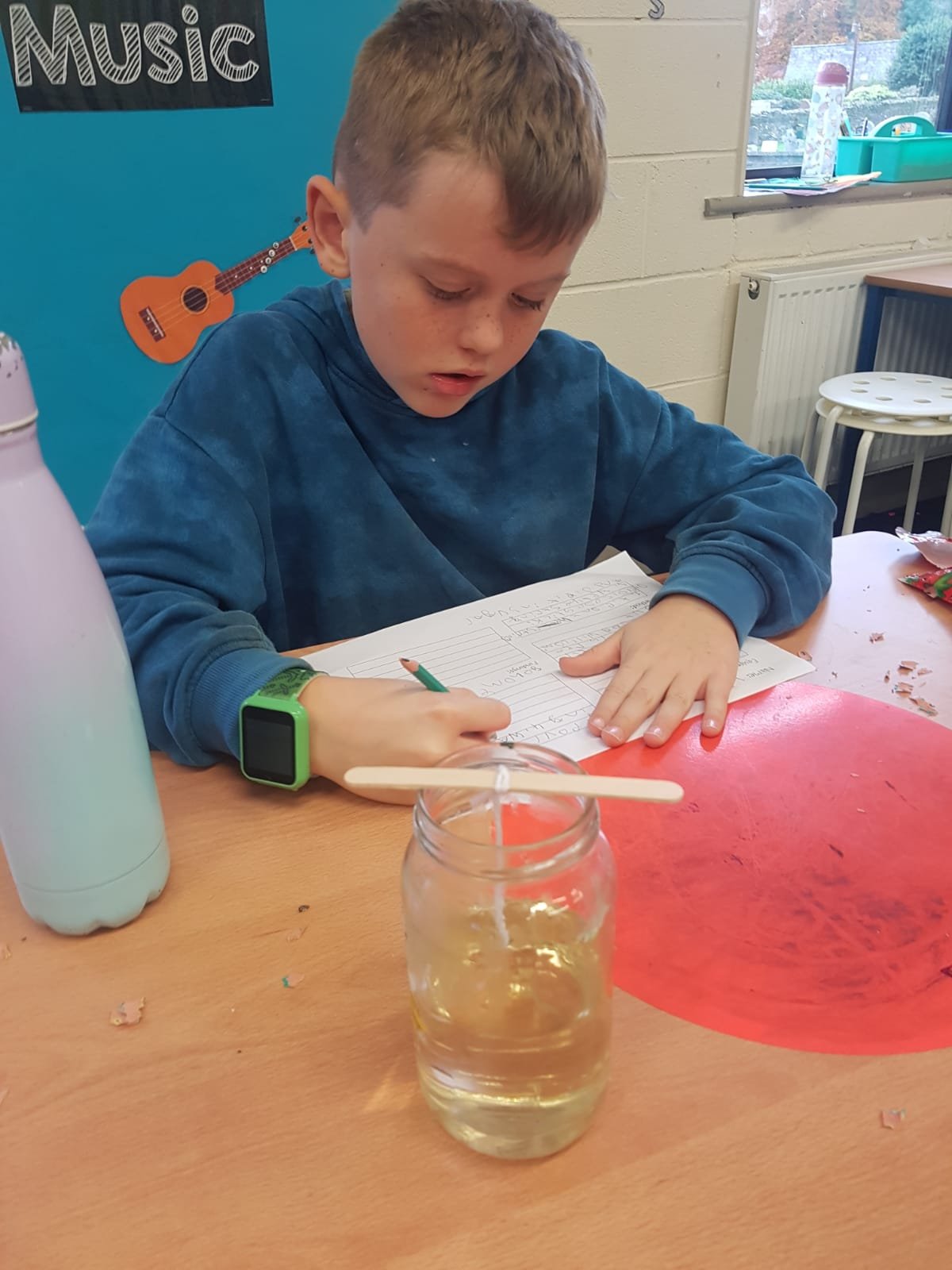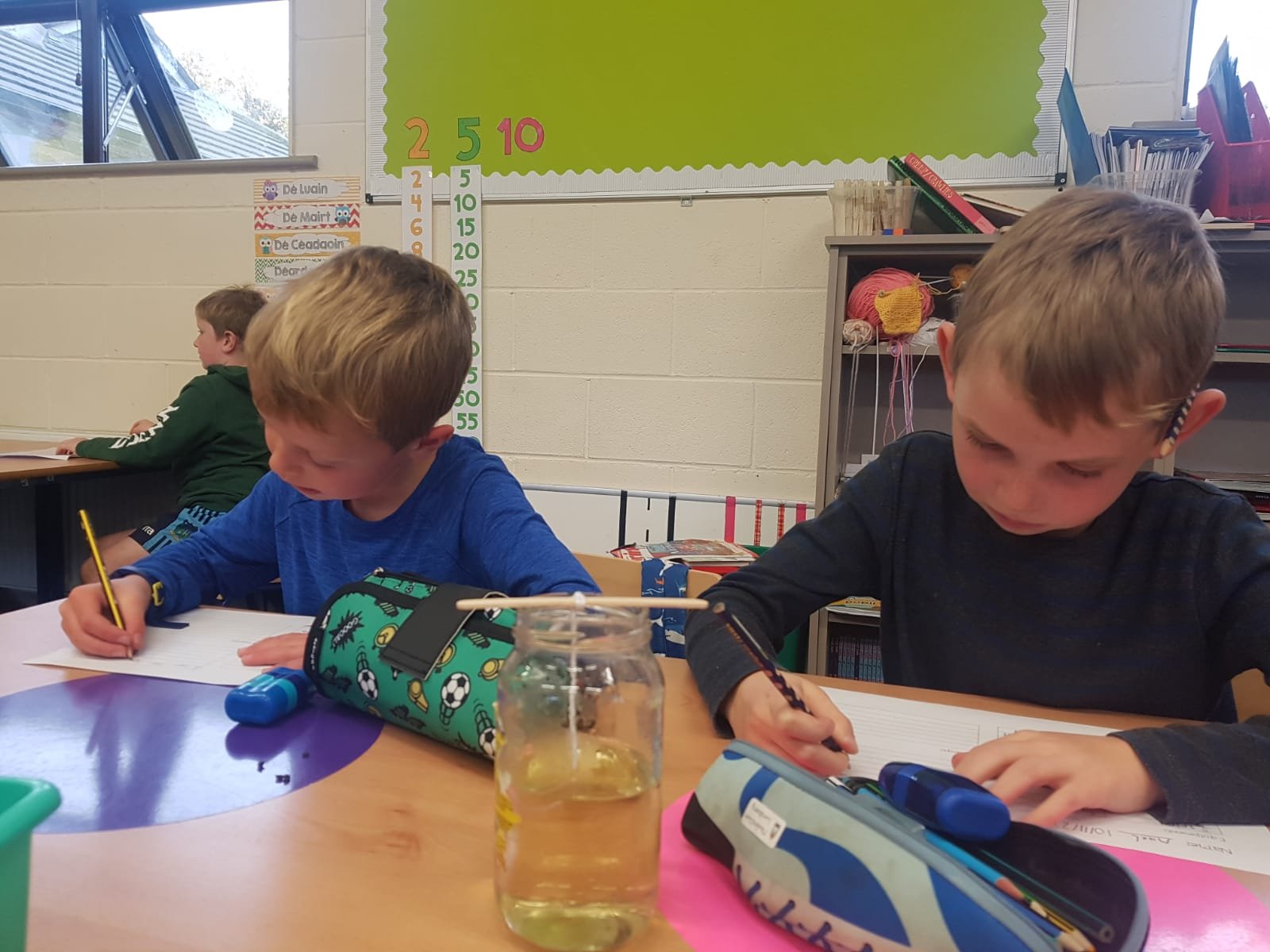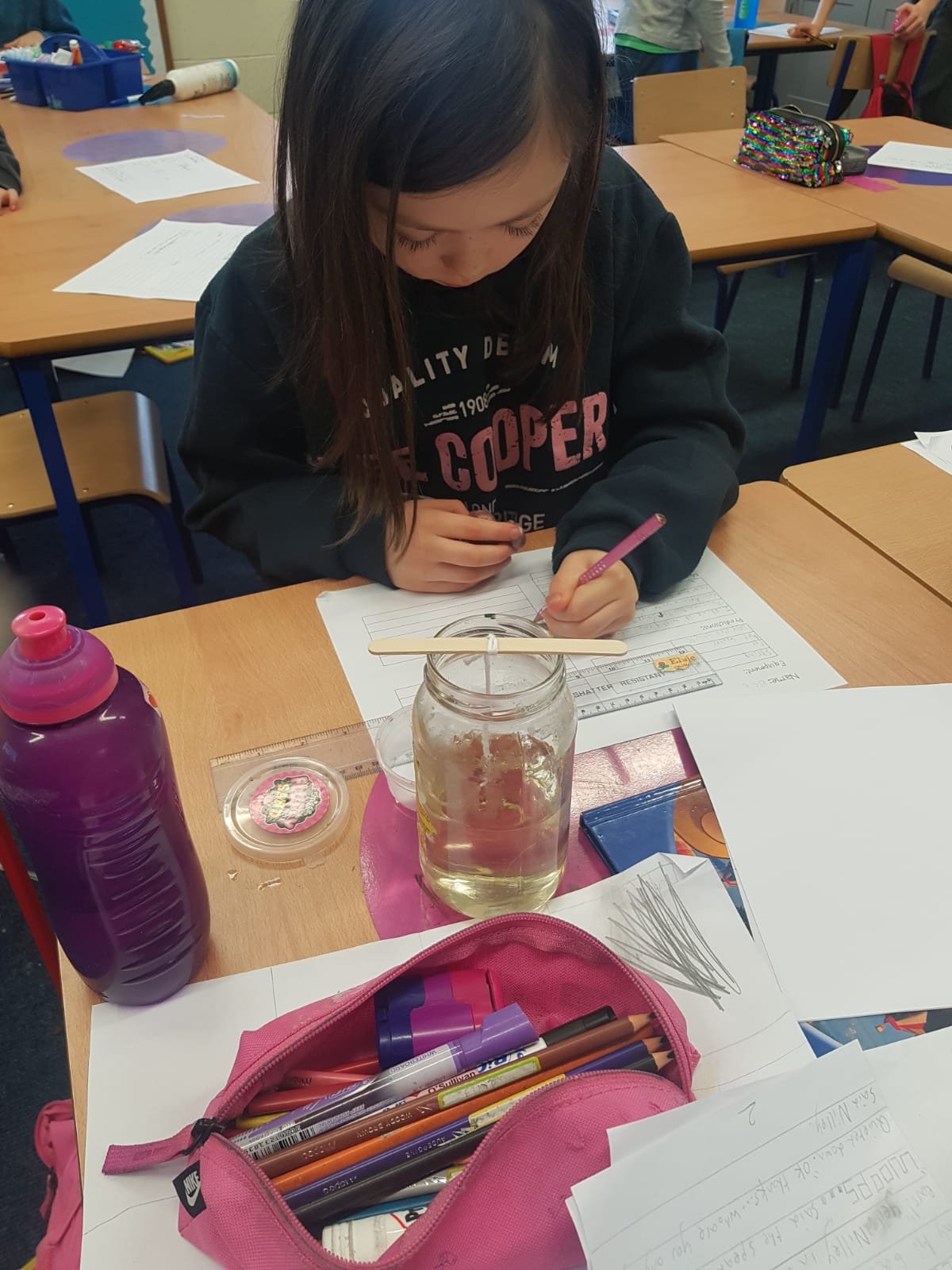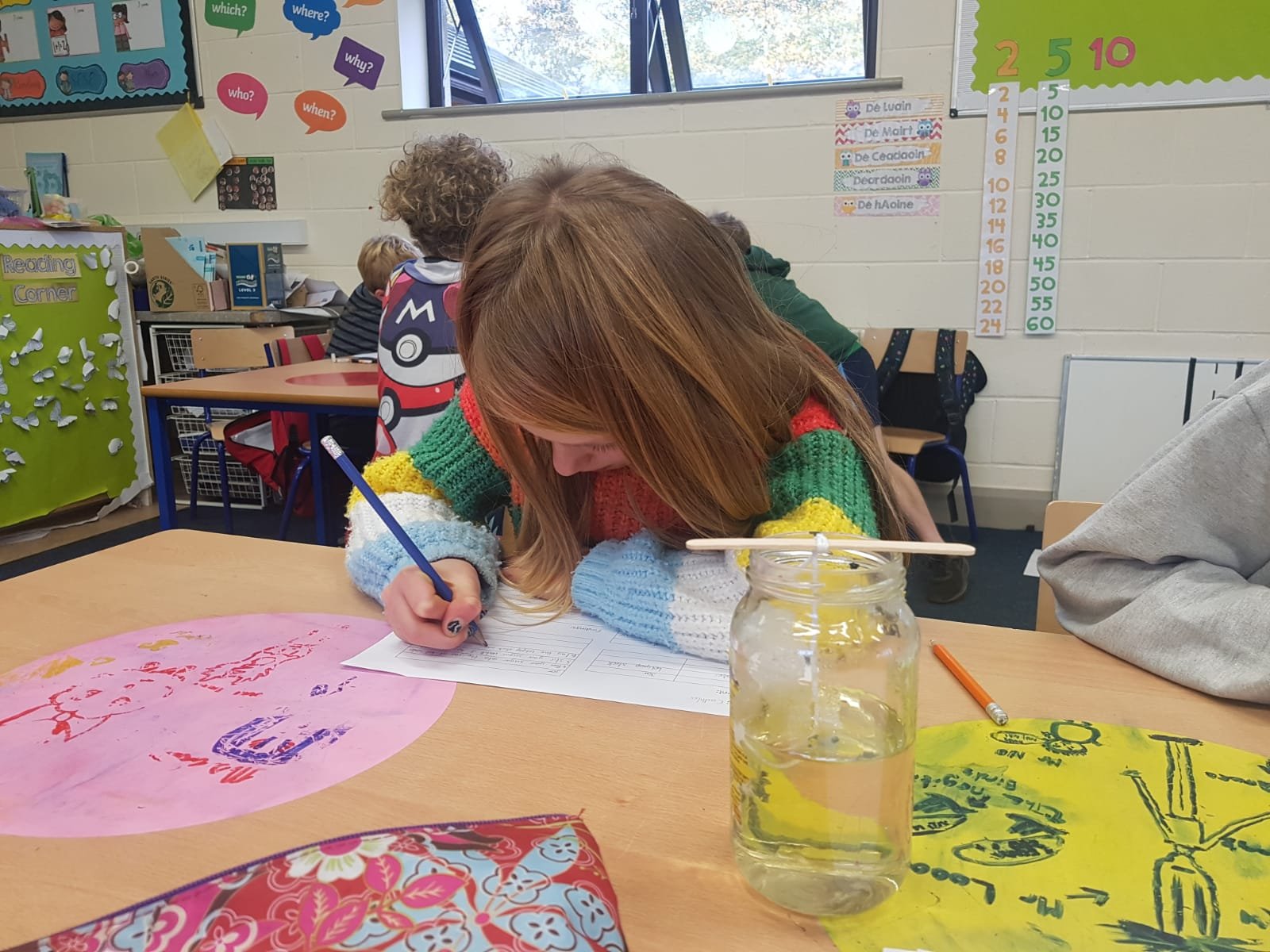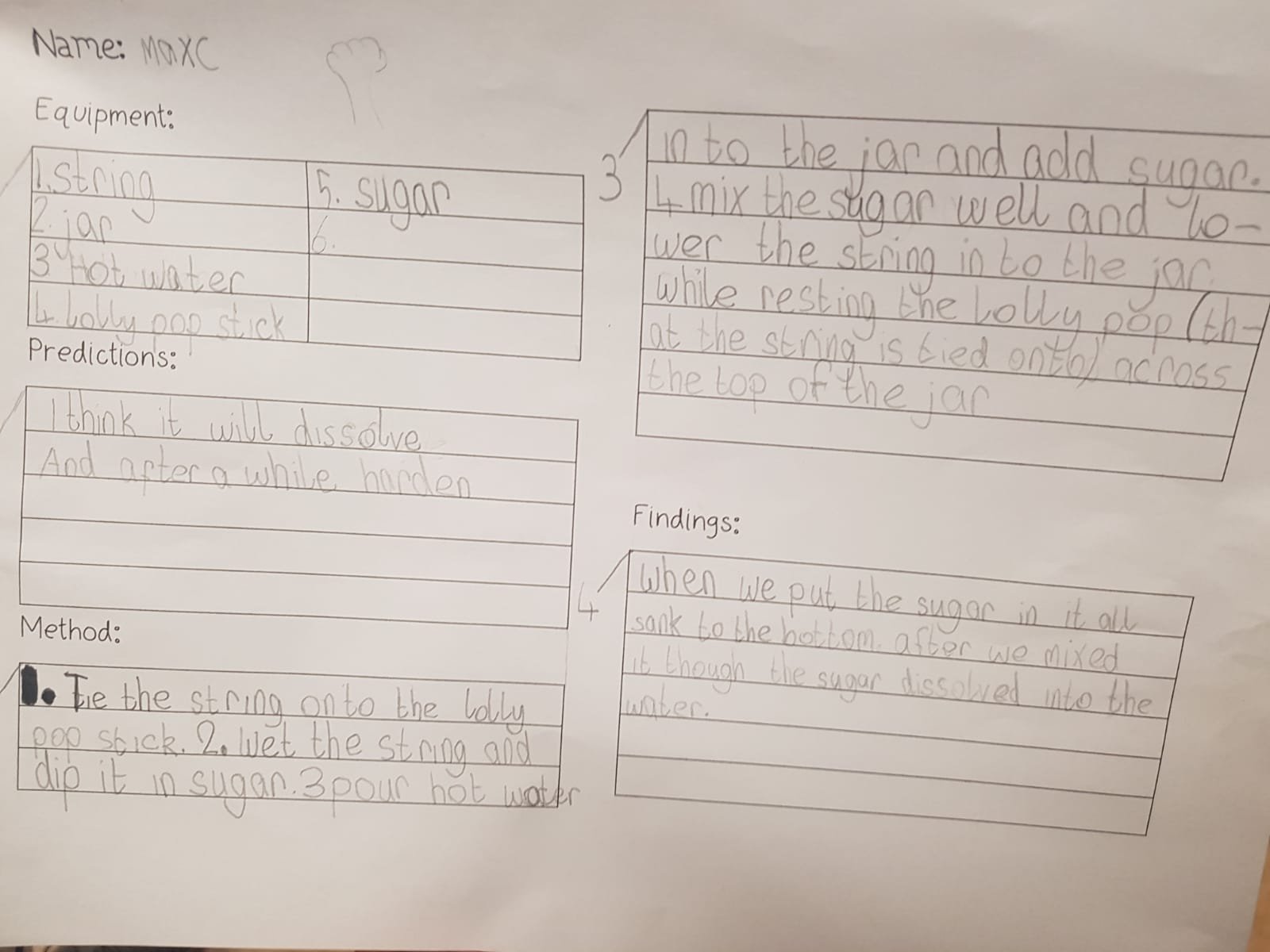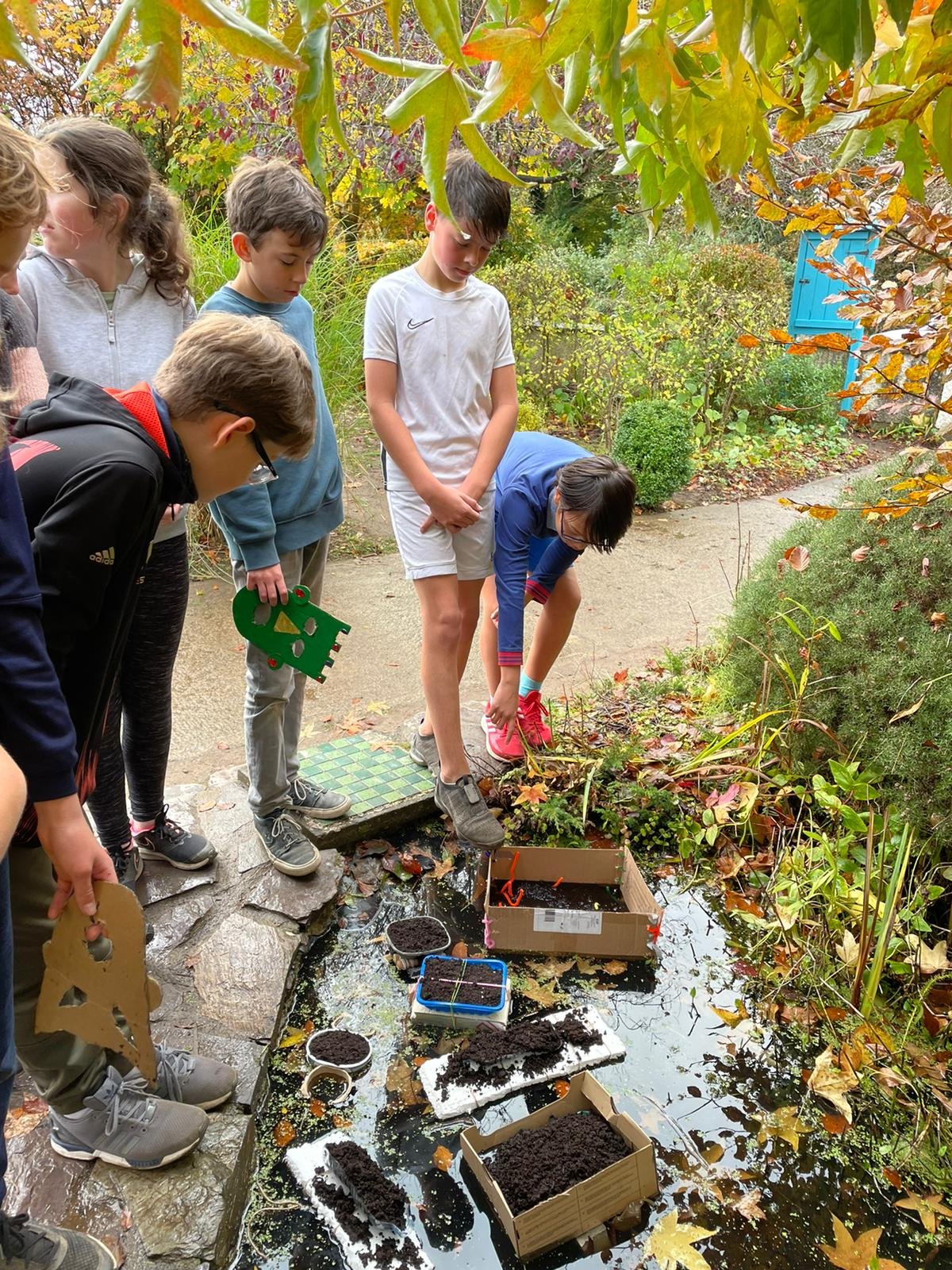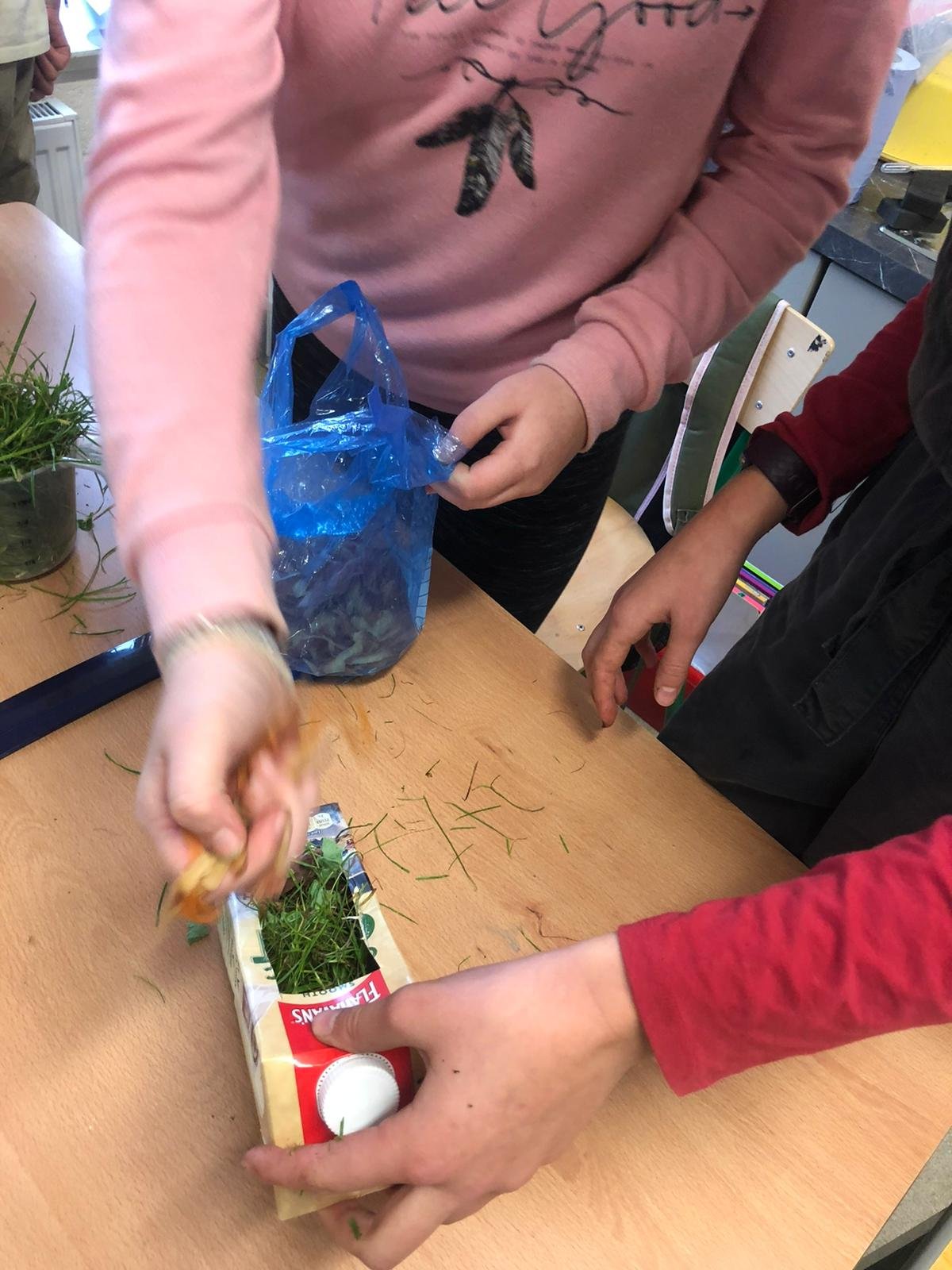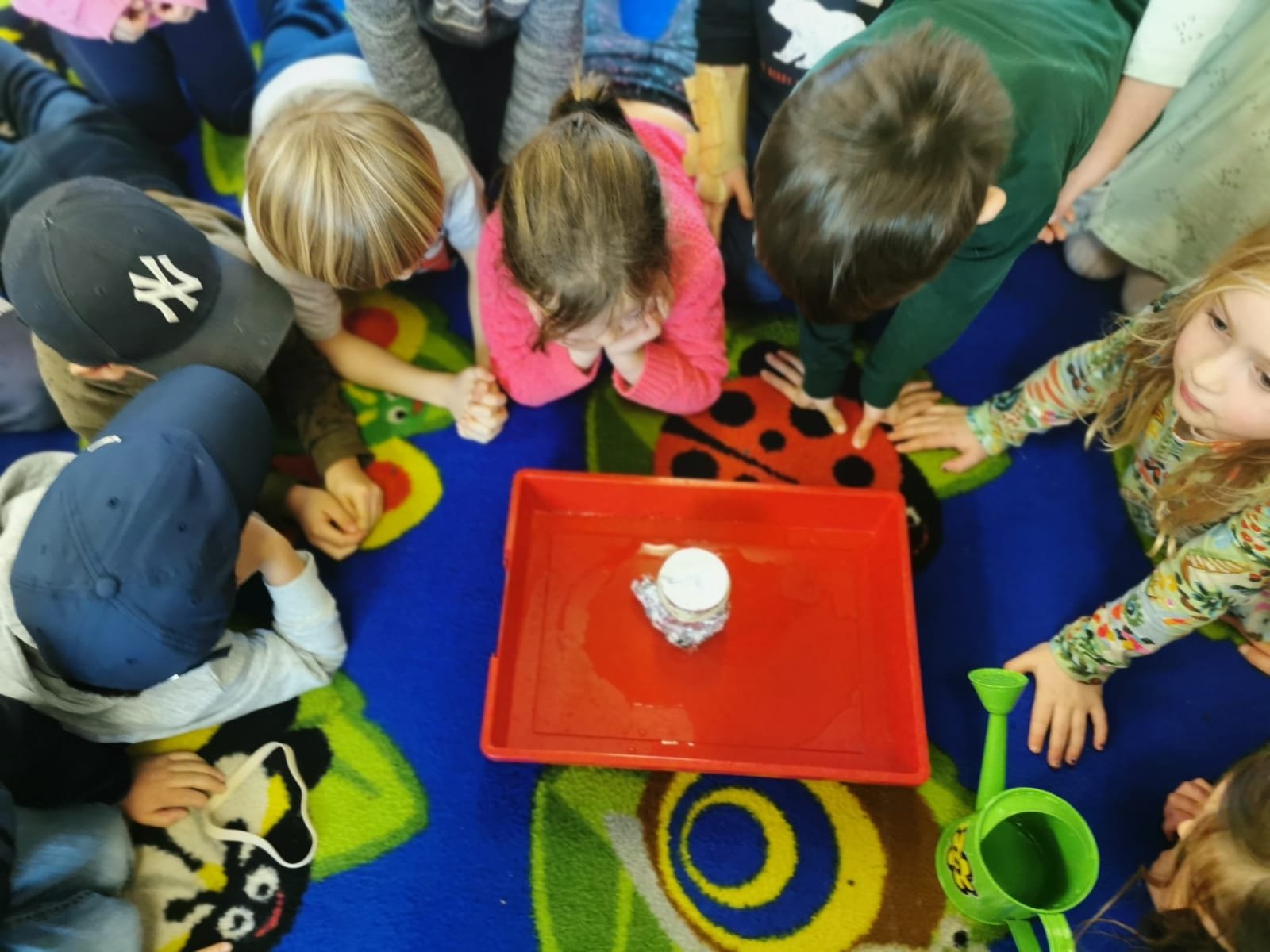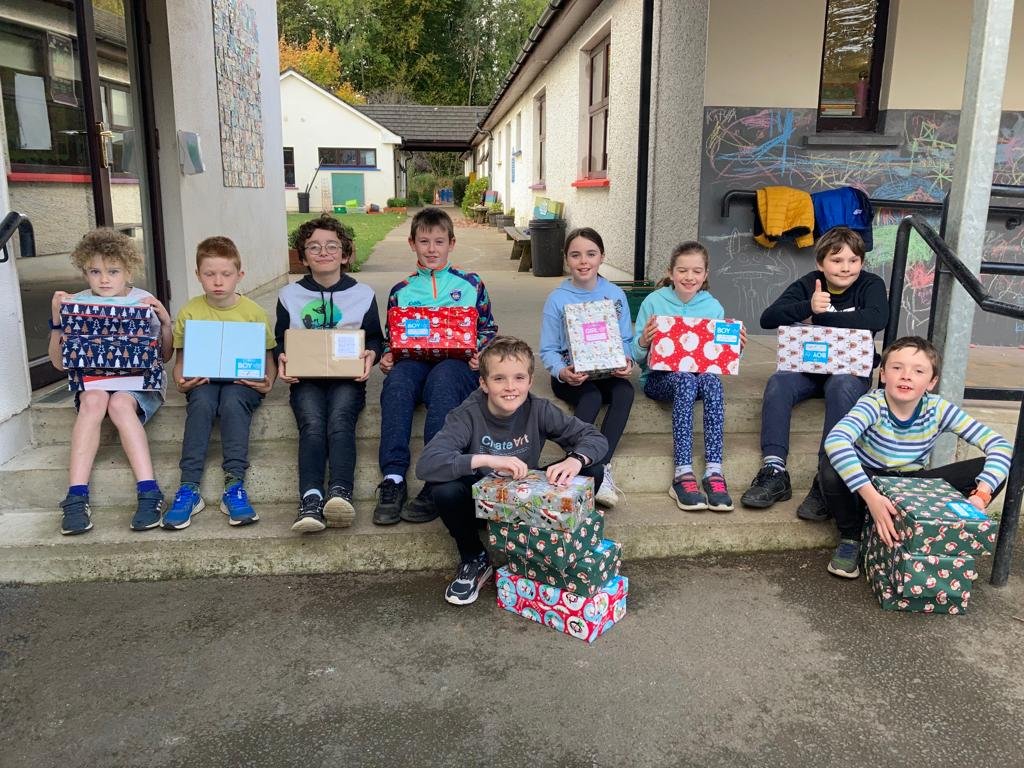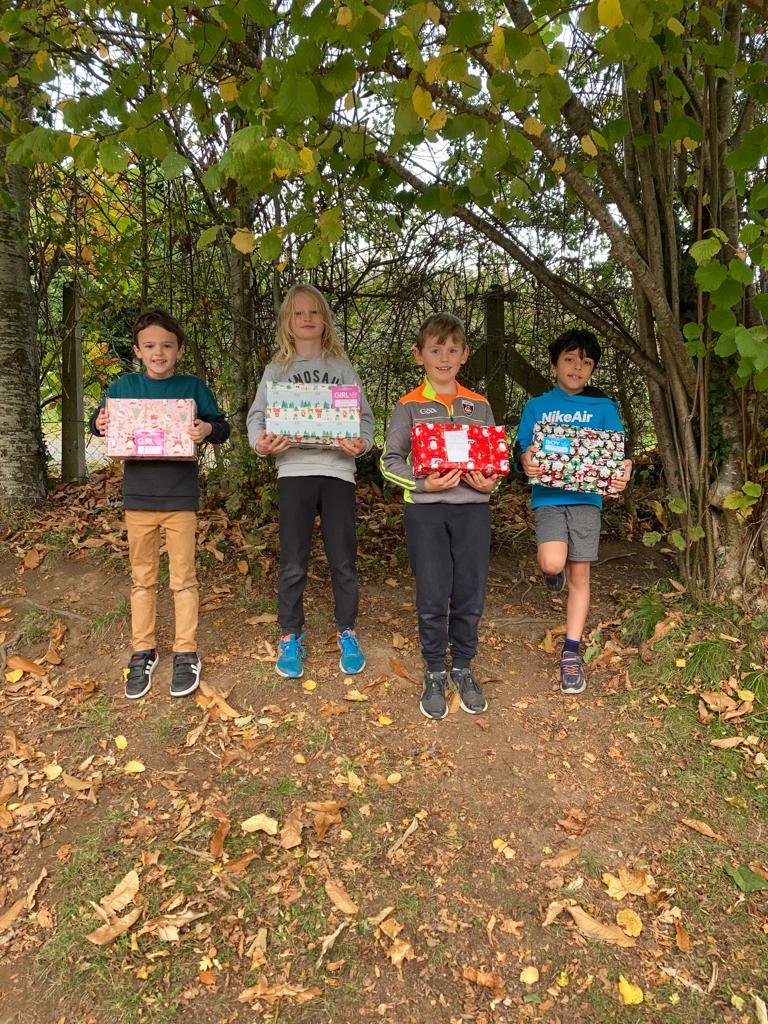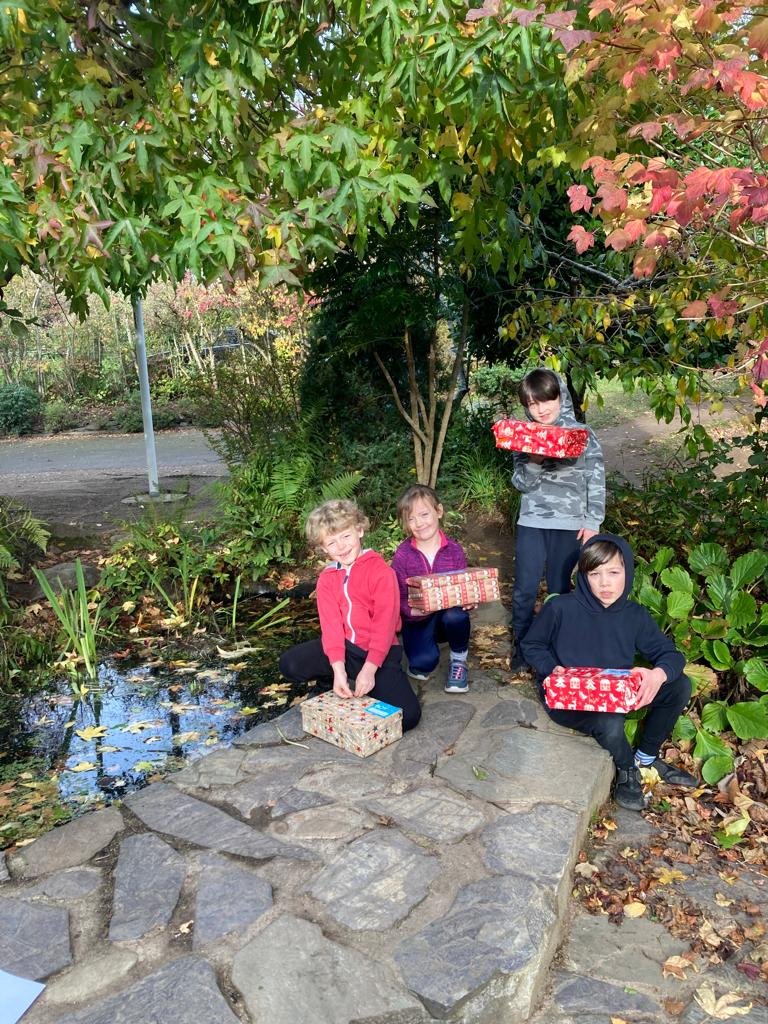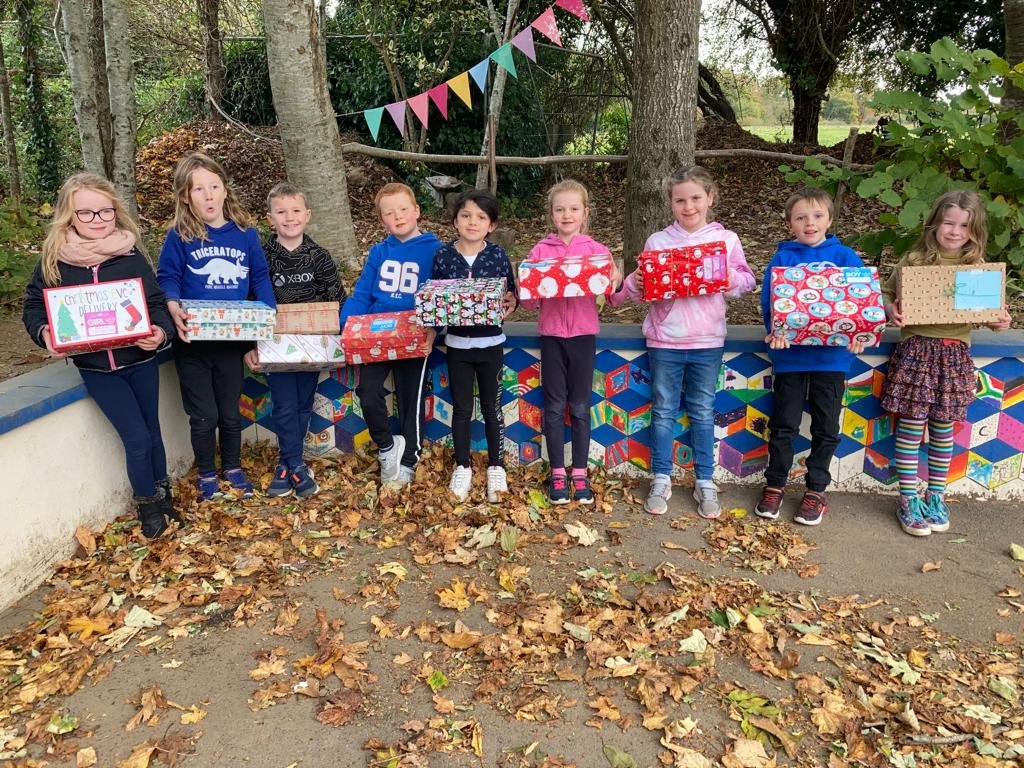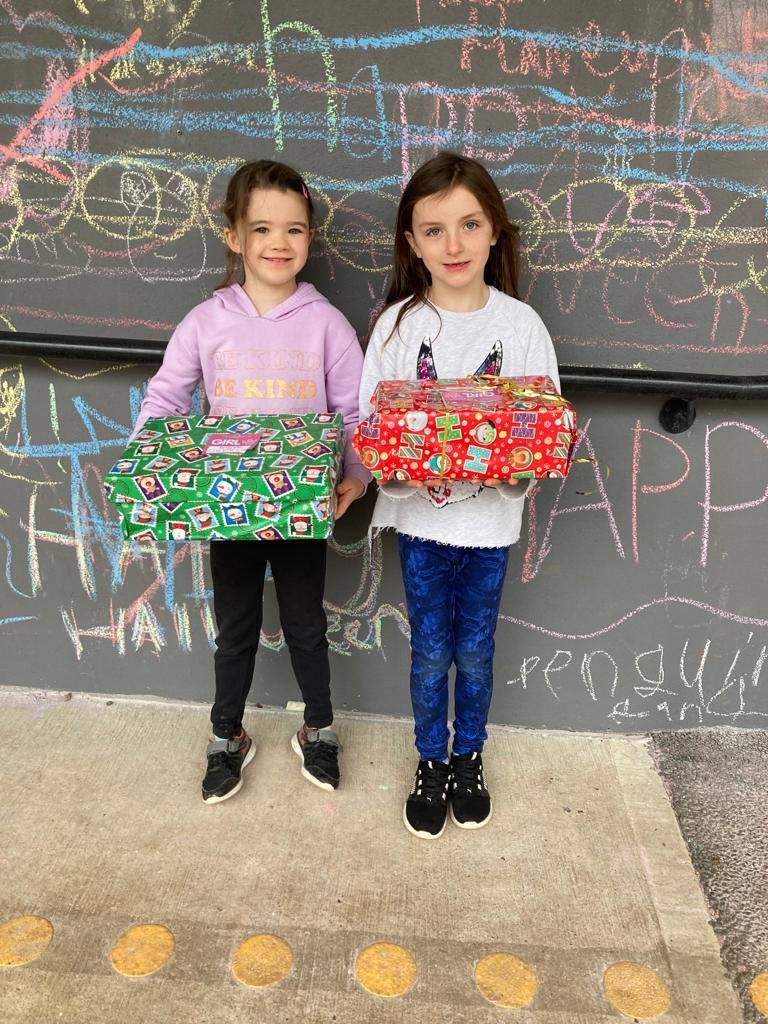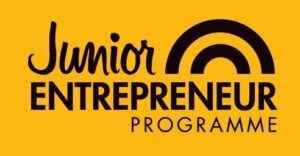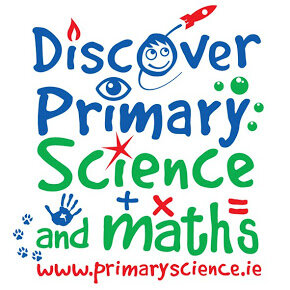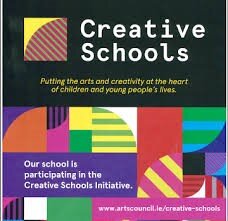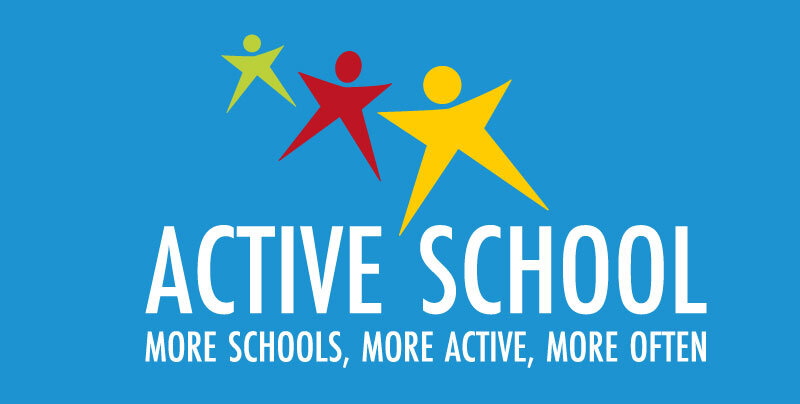1st group were working on a tricky task this week. The class were given the task to try to design something which would protect an egg and prevent it from breaking when dropped from a height. Most groups predicted that this was an impossible challenge and that the eggs were all sure to break when dropped from a height.
The class was split into groups that had to work collaboratively to design something to protect their eggs. Each group had paper, straws, elastic bands, sellotape and glue. and they were allowed to choose whatever they wanted from the recyclables too.
To make sure it was a fair test, all the eggs would be dropped from 2 stories up. We had very impressive designs and the children considered lots of variables such as using light materials so the egg would fall gently and one group even took aerodynamics into account as they tried to design a parachute type design to slow the eggs fall.
We were thrilled to see that our predictions were totally accurate as we had a 50% success rate with 50% of the eggs not breaking!

